Forensic Dentistry
The application of dental sciences in the identification of deceased individuals through the comparison of ante- and post-mortem records is forensic dentistry, a hard and intriguing branch of forensic science. Dental identification has been critical in recognizing deceased people since AD 66. In the interest of justice, forensic odontology is defined as “a discipline of dentistry concerned with the proper handling and examination of dental evidence, as well as the proper interpretation and presentation of dental findings.” In certain cases, a forensic odontologist supports legal authorities by evaluating dental evidence. Forensic odontology contributes to the identification process by bringing knowledge of orofacial structures, their diversity among people of different ancestries, and the implications of dental treatment. Forensic odontologists look at bite marks and teeth. They can compare the teeth of an unidentified body to antemortem dental X-rays or dental molds of a living person.
- Dental Identification
- Analysing photographs and radiographs
- Quality management in forensic odontology
- Bite mark analysis
- Age estimation
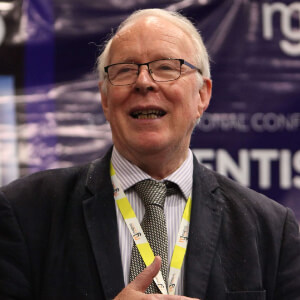
David Geoffrey Gillam
Queen Mary University of London, United Kingdom
Zvi Loewy
New York Medical College, United States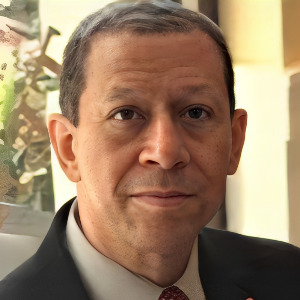
Khamis A Hassan
Global Dental Research Centre, Canada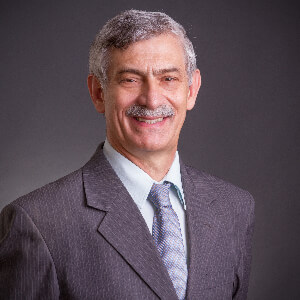
Laurindo Moacir Sassi
Erasto Gaertner Hospital Cancer Center and Mackenzie Evangelical University Hospital, Brazil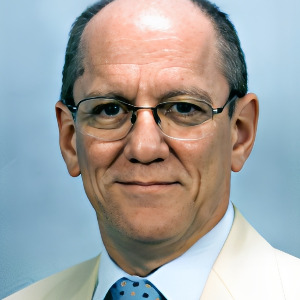
Arnaldo Castellucci
Dr. Castellucci MD, DDS, Italy
Yasser Khaled
Marquette University, United States
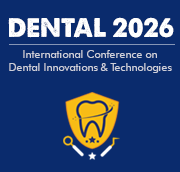


Title : Efficacy of a biomin F toothpaste compared to conventional toothpastes in remineralisation and dentine hypersensitivity: An overview
David Geoffrey Gillam, Queen Mary University of London, United Kingdom
Title : Knowledge and attitudes of dental professionals in the evaluation of Molar Incisor Hypomineralisation (MIH): Awareness, diagnosis and treatment approaches: An overview
David Geoffrey Gillam, Queen Mary University of London, United Kingdom
Title : The coordinated triad of spatial temporal and biomechanical strategies managing the where when and how of shrinkage stress in bulk fill resin composite restorations
Khamis A Hassan, Global Dental Research Centre, Canada
Title : Dental treatment of 1500 young children under general anesthesia
Jaap Boehmer, Rijnstate Hospital, Netherlands
Title : Enhancing root canal success strategic use of orifice opener one step synthesis gels orifice barriers
Emmanuel Samson, Consultant Total Dental Care, India
Title : Importance of clinical pharmacokinetics of medications in the postoperative period of patients undergoing dental surgical procedures
Vitoldo Antonio Kozlowski Junior, Ponta Grossa State University, Brazil